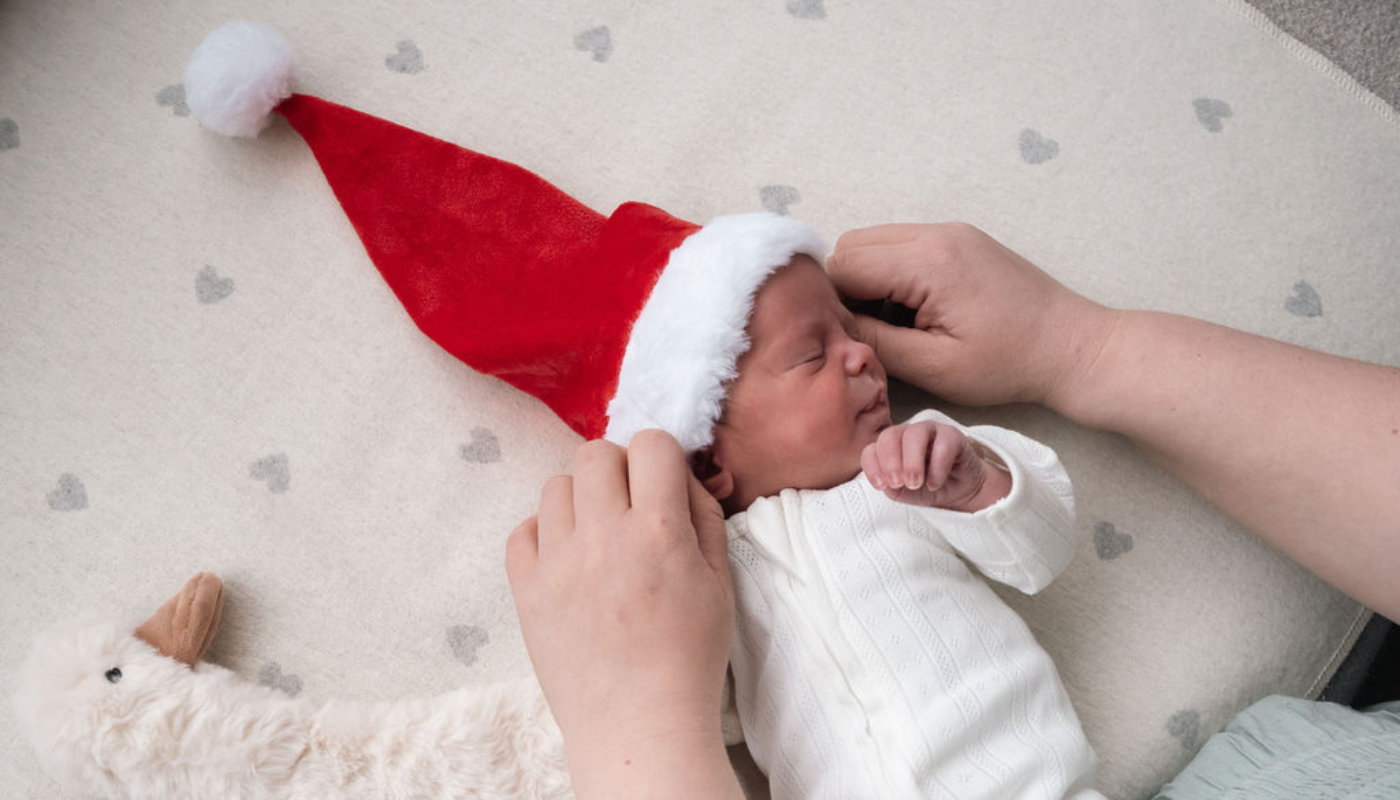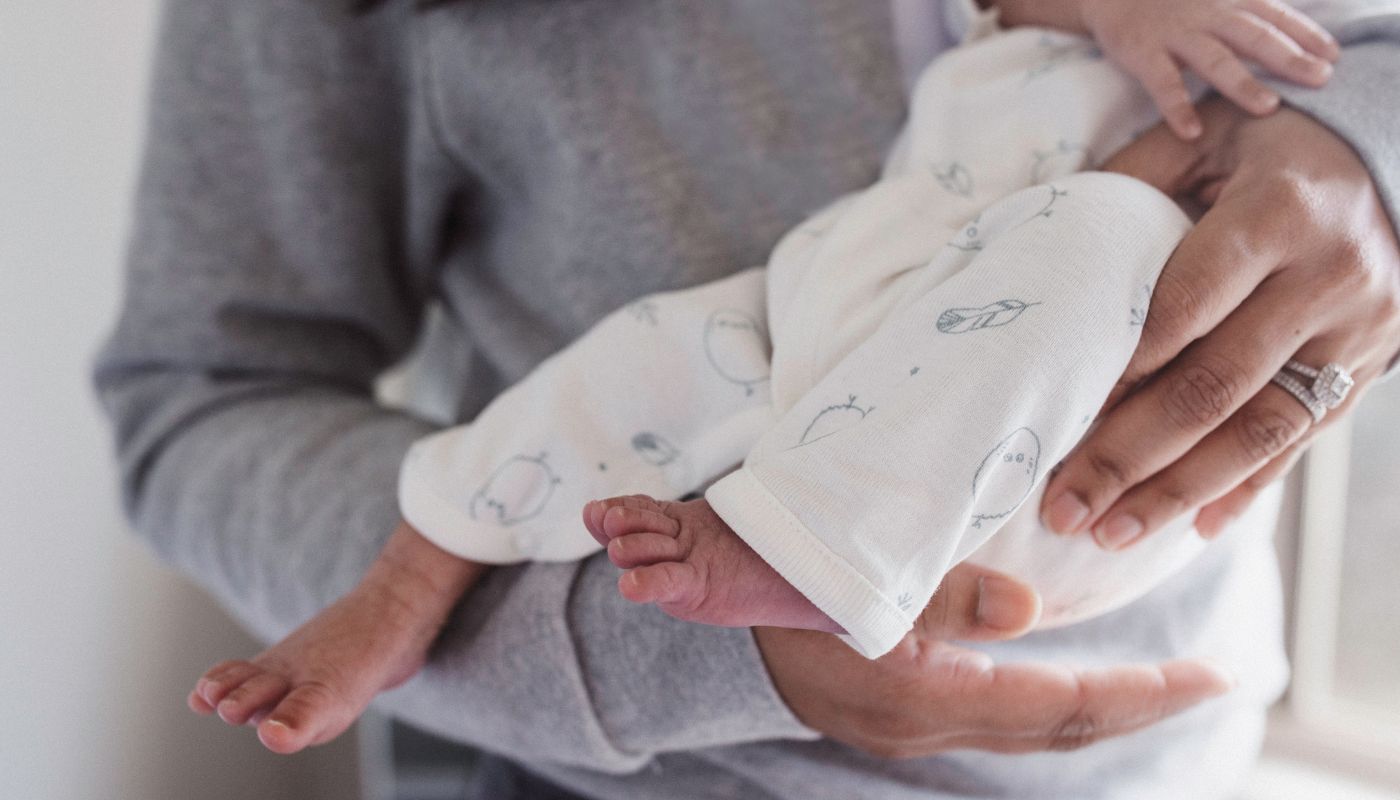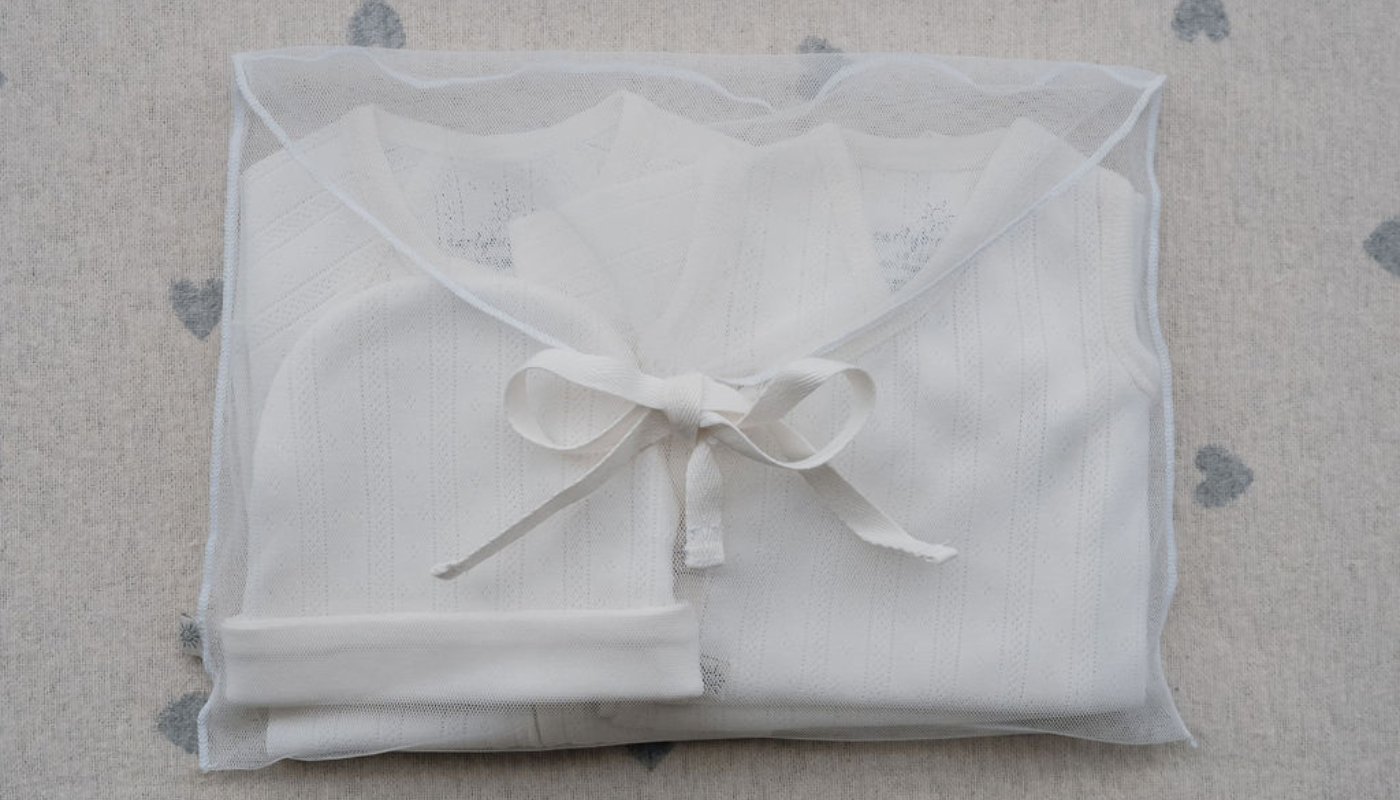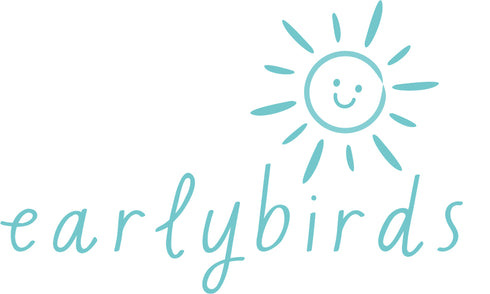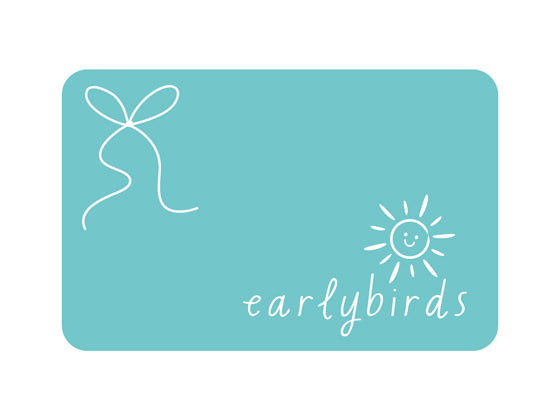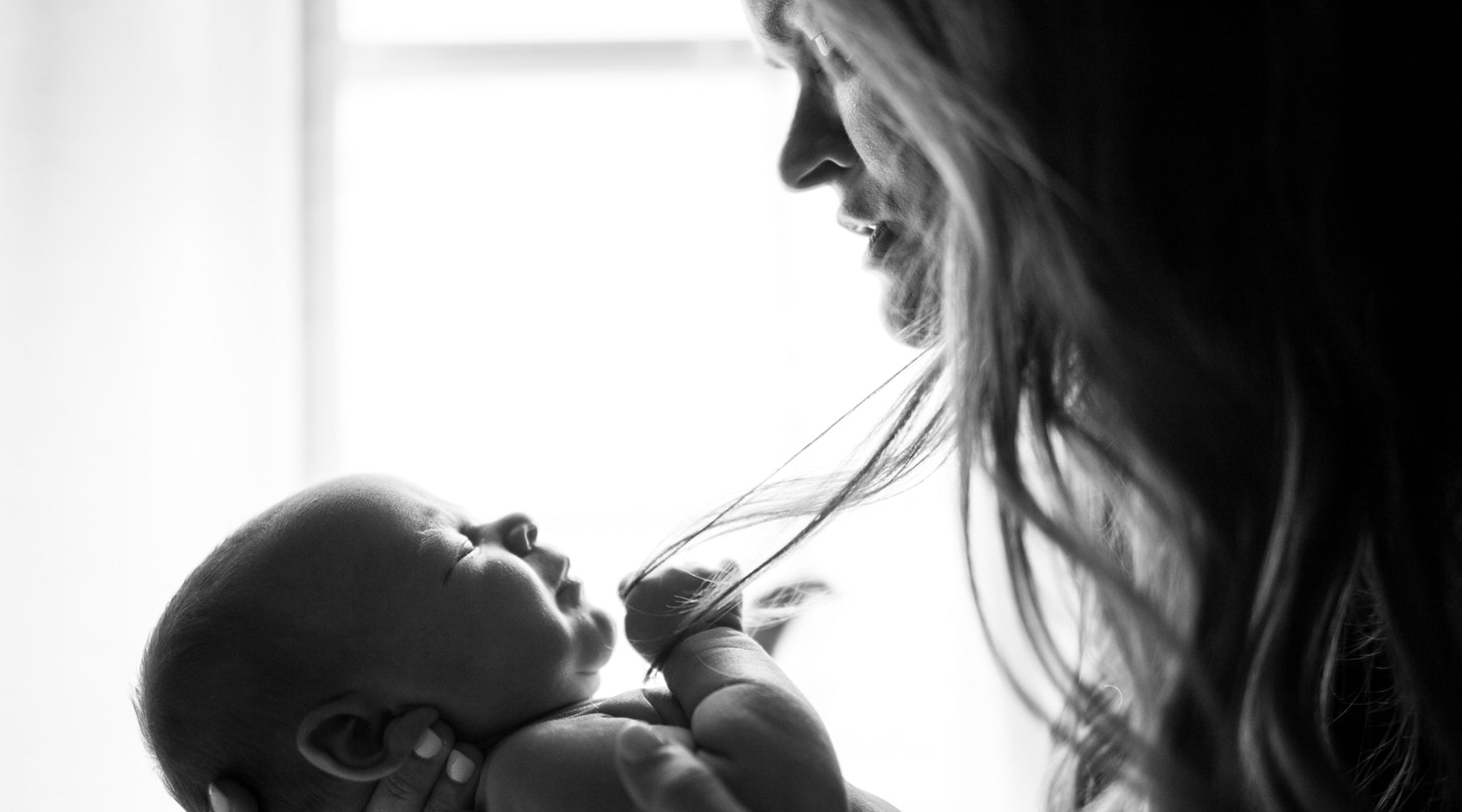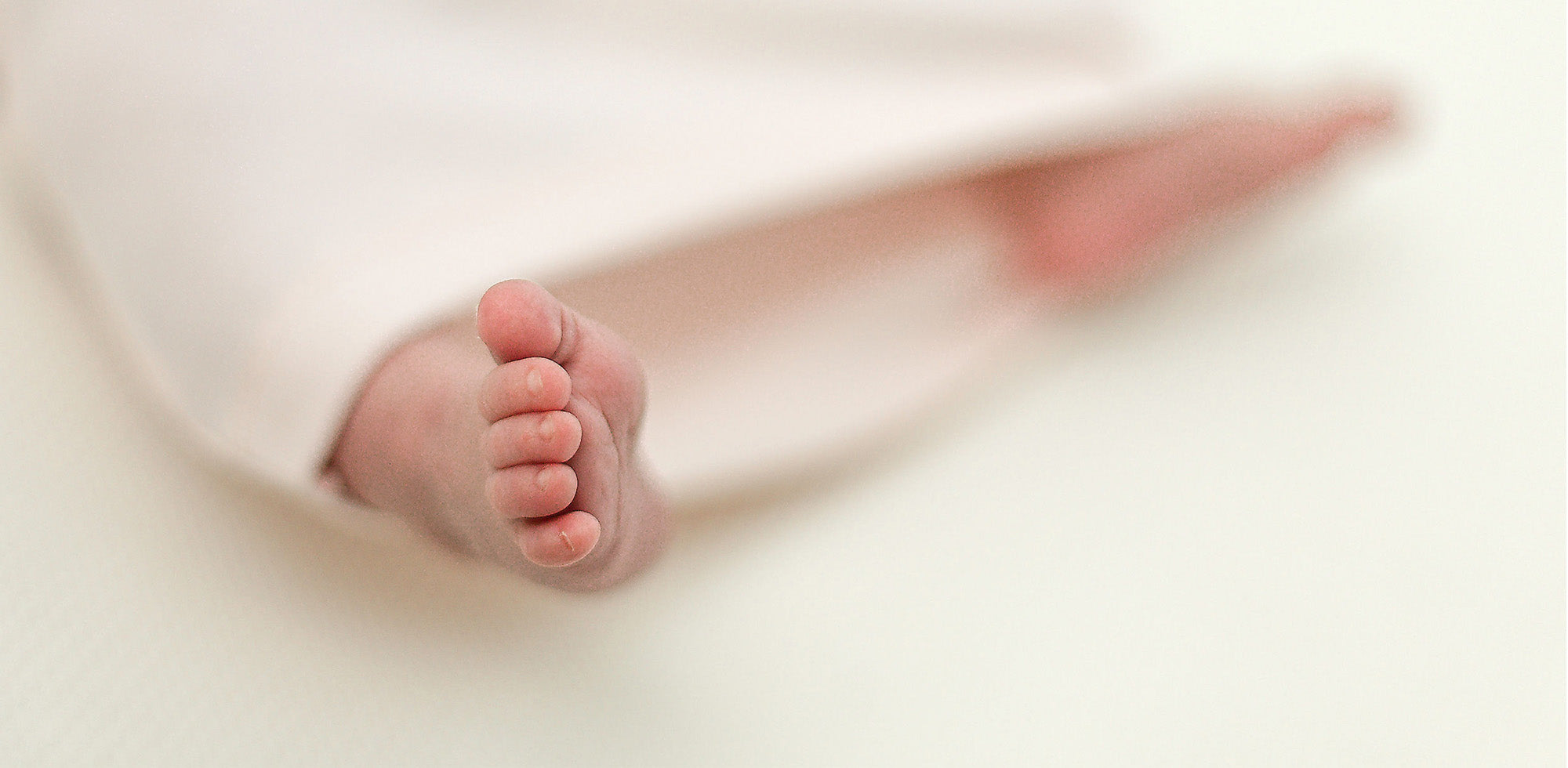April is Cesarean Section Awareness month and we have loved reading and listening to the many different Cesarean birth and postpartum experiences shared online as well as learning about the tried and tested tips to recovery.
Families experience birth in different and unique ways, many of which can result in either a planned or emergency Cesarean Section and this is often the case for babies born prematurely due to the circumstances surrounding the health and wellbeing of mum and or baby.
We believe all types of birth are beautiful and in honor of Cesarean Section Awareness month, we have rounded up five of our favourite tips recommended by mums and experts for setting our C Section mummas up for a smooth and hopefully speedy recovery.
1. Rest, rest & more rest!
Possibly the number one piece of advice given to any new mum and not always the most realistic one, especially if you are a second or third time mum with busy and demanding siblings at home. However rest really is important, especially for those who have had a cesarean delivery.
You’ve probably heard phrases like ‘Sleep when the baby sleeps’ time and time again but this advice is one that should be listened to! Prioritising sleep and rest whenever you can may speed up your recovery process. Even a few minutes here and there throughout the day can help. If you are at home with bub and have things you need to do, try to do them during the baby's awake time to free yourself up for napping or resting when they do. Your baby can watch you while you fold that mountain of washing and you can interact with them whilst doing so. Or better yet, refer to our second tip and call in a friend or family member to do it!
Remember, a C-section is major surgery. Even if you are feeling good, your body is still recovering and working hard to heal an incision that involved 7 layers of tissue so you don’t want to do too much too soon.
2. Reach out
If getting rest is the piece of advice given most often, then reaching out for help is possibly the most important. Reaching out to your support network and telling them in simple terms what they can do to help will hopefully in turn allow you to get that all important rest.
Most friends and family will appreciate knowing exactly how they can help and jump into action. Raisingchildren.net.au offers some great examples such as ‘Could you pick up some bread and milk on your way to visit today?’ Or ‘Thanks for offering to pick up some groceries, but I really just need someone to hang out the washing today’.
Asking for food instead of flowers or setting up a meal roster are also great ways to reduce the amount of time you are on your feet preparing and cleaning up meals in the early days. We love the work of The Golden Month, a service started by two Adelaide mums that make meals that are specifically made to heal and warm the body and help with milk production. Many second (and third, and fourth) time mums find they appreciate the offer of food far more helpful than the likes of gifts. By not having to worry about what is for dinner and gathering and preparing the ingredients, you will have more time to spend with your baby and maybe even squeeze in a nap yourself.
Beyond practical help, it’s also just as important to reach out to someone you trust or your health care providers if you are experiencing prolonged periods of sadness or low mood. Caesarean’s can sometimes be a traumatic experience depending on the circumstances. Many mum’s can also feel disappointed or even suffer from trauma following their C-section, particularly if it was unexpected or an emergency situation. The Pregnancy Birth and Baby Helpline is available 24 hours a day, 7 days a week on 1800 882 436 for advice and free counselling.
3. Run your hand over your scar
Once your wound has healed and a scar has formed, typically around the four to six week mark, you might like to start to look at it more closely and touch it to help you familarise yourself with this new part of you.
Lauren, owner of Inner Glow Pilates and C-section mumma refers to this as ‘scar connection’. In the first 8 weeks of her recovery she would look at her new warrior scar and practice feather light sweeping of her hands over her belly and scar. She also acknowledges that this practice may bring on an emotional response such as trauma and sadness so it is important to start connecting with your scar when you feel ready.
C-section scar massage is also becoming a healing therapy post birth, both physically and emotionally. You can practice this at home or there are professionals such as physiotherapists that offer this service. Studies have shown that massage can encourage scar healing and reduce sensitivity and pain. If you have familiarised yourself with the practices and have the green light from your care provider, you might like to apply a natural cream such as Nessa Scar Saviour. Massaging the skin increases blood flow, which promotes tissue development and could fade your scar over time.
Some women might feel uncomfortable touching their scar or having someone else touch it, particularly if having a cesarean was unplanned, so take your time. Hopefully you will soon start to see it as an amazing reminder of your and your body’s strength to bring new life into the world.
4. Reacquaint yourself with your grannie undies
If you haven’t already during your pregnancy that is! Wearing high waisted underwear will mean the waistband sits higher than your regular underwear and won’t rub on your healing wound. For something more supportive and specialised, you can purchase especially designed high waisted compression underwear that can help to protect and heal your post c-section scar.
Your other option is to hold on to your maternity underwear for a little while longer. Its waistline that is designed to accommodate the pregnant belly is just as handy post C-Section as it will protect your incision from any material that could rub or dig in and affect your scar healing process.
5. Reduce your physical activity
Walk, don’t run! It’s important to avoid strenuous exercise and activities such as climbing flights of stairs or lifting anything heavier than your baby in the first six to eight weeks.
Many mum’s recommend setting up feeding and nappy change stations in different areas of the house to reduce the amount of getting up and down and moving around you need to do. Keep things like your phone charger, snacks, a bottle of water and lip balm next to the place where you plan to do most of your breast or bottle feeding.
Gentle and regular exercise such as a daily walk is recommended and has numerous benefits for mum and bub. The movement will help your body heal and prevent constipation and blood clots. It’s a great way to venture out of the house and build your confidence in the early days whilst introducing your baby to the world. The sunshine, fresh air and endorphins are beneficial for your mental health and the sights, sounds and sensations can help stimulate your baby which research suggests can result in better naps!
Walking with your partner, a friend or fellow mum or your own mum can also be a lovely way to connect, catch up and debrief on the big changes in your life now that you are a parent. If you are baby wearing, ensure your carrier keeps clear of your scar, walk for no more than 15-20 minutes and keep in tune with how you are feeling.
Circling back to top tip number two, reach out for help with specific tasks that will reduce the amount of physical movement you need to do, especially if it involves lifting, stretching upwards and bending due to the strain these activities put on your cesarean wound. Things like hanging washing on the line and vacuuming can be delegated for the foreseeable future!
It’s important to be kind to yourself during this time (and at all times for that matter!) and focus on giving your body the time and rest it needs to heal. Every person’s experience with this surgery is different so please discuss any of our suggested tips with your healthcare providers to see if they are right for you.
We also know that for some mums, your recovery is happening right now while you visit your baby in the NICU or special care nursery and that some of these recommendations aren’t a possibility yet. Our hope for you is that you are all back at home doing those daily gentle walks together as soon as possible.
C-section mamas, you’ve got this!
